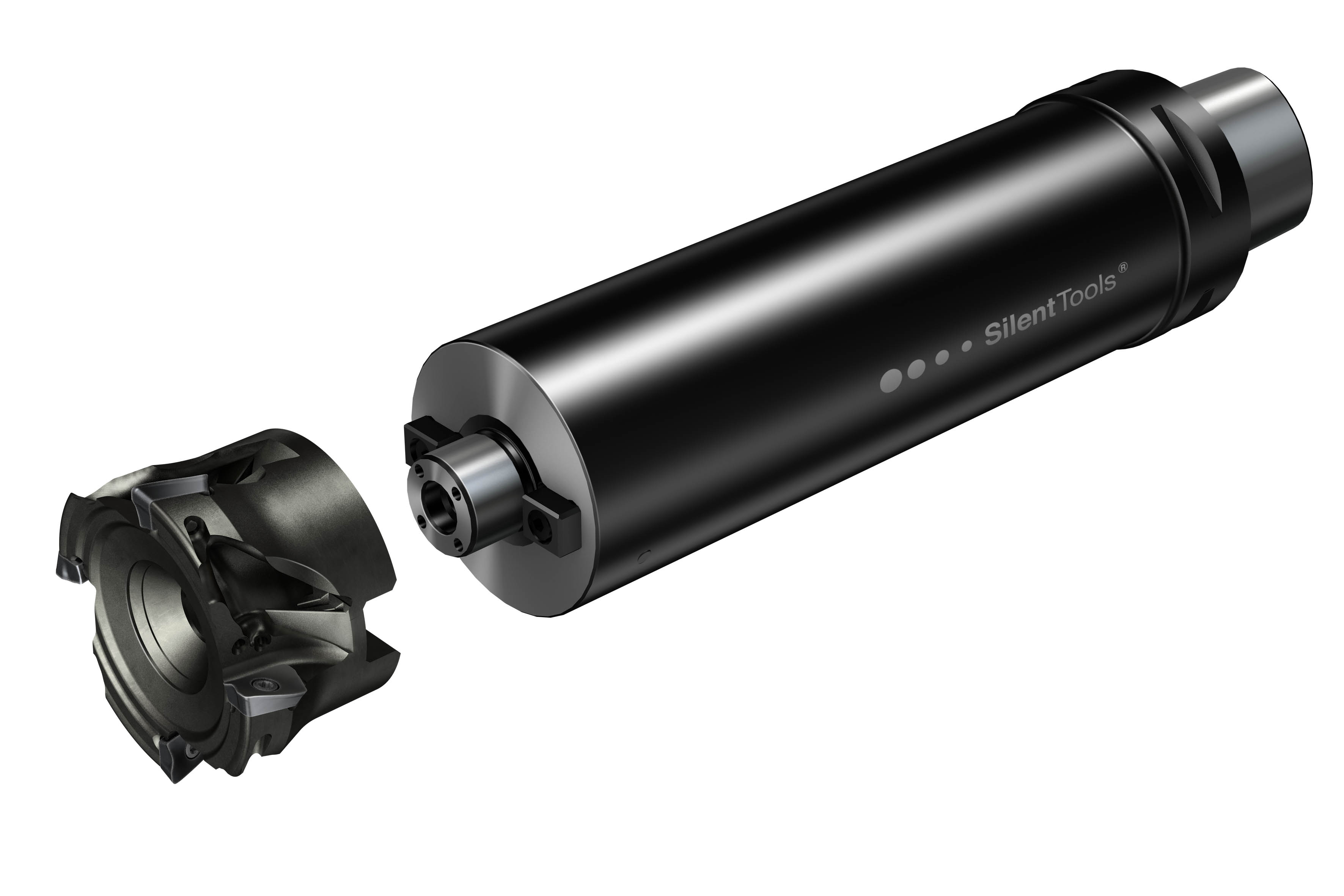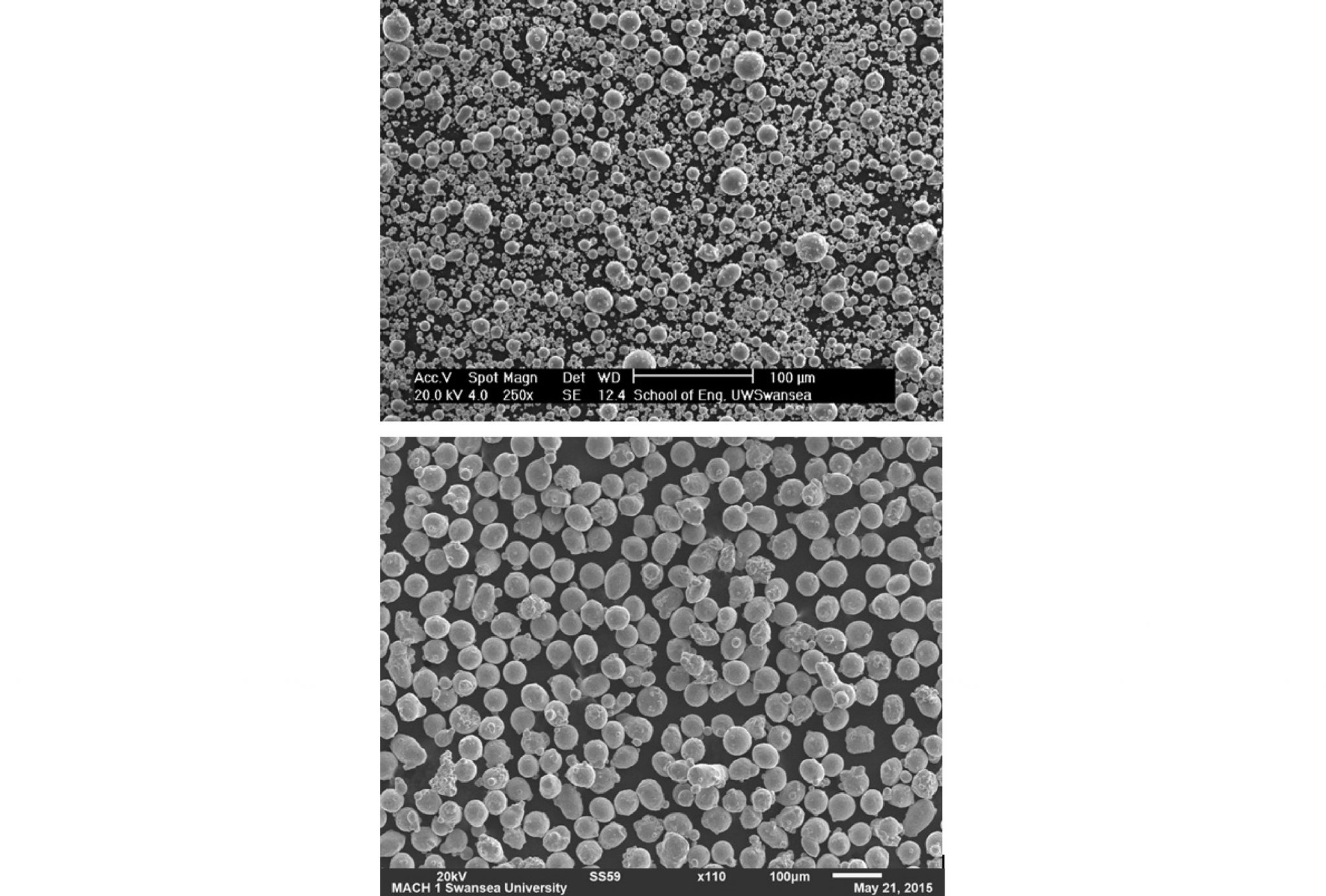Swedish tooling systems manufacturer Sandvik Coromant has introduced a new milling cutter with a metal 3D printed head. A first for the company, the component marks a move toward the company’s involvement in 3D printing for end-use production.
An overarching trend for the 3D printing industry,end use production has become a key aim for many stakeholders. Not only does its successful completion demonstrate 3D printing’s transformation from a prototyping technology to a real competitor with traditional manufacturing, it also speaks to the scalability of the process.
At the end of April this year HP announced the integration of its own 3D printed parts into new system hardware. As seen in initiatives like the NextGenAM project from EOS, Daimler and Premium AEROTEC, automation is also a key part of this. A few months earlier Carbon, the Silicon Valley-based company behind Digital Light Synthesis(DLS) 3D printing technology, partnered with Ford to to deliver 3D printed end-use car parts with comparable or even superior properties to injection molded parts.
As part of the wider Sandvik engineering group, Sandvik Coromant’s new 3D printed tool is just one part of a range of undertakings made to strengthen its position in additive manufacturing.

Investing in AM innovation
Founded in 1862, the Sandvik AB group works within mining and rock excavation, metal-cutting and materials technology. Its AM related products & services include a consultancy for customers experimenting with, or hoping to develop, additive manufactured parts. As well as a rapid prototyping and serial production service, which it provides using its in house powder bed fusion (PBF) and binder jetting technology. It also offers testing and quality assurance, which includes access to northern Europe’s largest R&D Center for advanced stainless steels, powder-based alloys and special alloys, with sophisticated testing facilities and equipment.
Investing heavily in material development, in 2018 the company allocated $25 million to establish a specialist additive metal powder production plant in Sweden, which is officially set to open in 2020. The investment will accelerate the production of fine metal powders made from titanium and nickel, contributing to Sandvik’s existing Osprey brand of powders.

More recently Sandvik announced a further collaboration with Renishaw, a UK-based engineering firm and 3D printer provider, to increase its capacity for metal additive manufacturing. As part of the partnership, Sandvik invested in several RenAM 500Q systems, intended for installation in its specialist additive manufacturing plant.
Within the industrial Sandvik AB group, Sandvik Coromant is the company’s tooling supplier which was founded in 1942 and currently operates in 130 countries and employs over 8,000 people.
The Lightweight CoroMill 390
The new Lightweight CoroMill 390 produced by Sandvik Cormorant, is a metal milling head based on the CoroMill 390 design.
Thomas Wikgren, Manager Product Application Management at Sandvik Coromant, explains, “When designing our new lightweight CoroMill 390, material has been tactically removed to create the optimal cutter design for minimizing mass. This is called topological optimization and it makes the cutter more compact and significantly lighter than a conventional version, thus helping machine shops to boost the productivity of their long-overhang milling operations.”
The tool, produced using Sandvik’s trademark titanium alloy Osprey powder, has been specifically developed to overcome vibration issues during metal milling with long overhangs. Such features are a common requirement of components used in the aerospace and oil & gas sectors. Deep cavities in a CNC milled part can be compromised by vibration, leading to slower production, shorter tool life and poor surface finish. When used in combination with the company’s Silent Tools milling adaptors the company reports that the tool can increase productivity by 50%.
Wikgren adds, “a shorter distance between the damper in the adaptor and the cutting edge improves performance and process security.”
The Lightweight CoroMill 390 can perform long-reach face milling, deep shoulder and side milling, cavity milling, and slot milling. The tool is available in 40 mm and 50 mm diameter variants.
You can now cast your vote for the 3D printing innovation of the year in the annual 3D Printing Industry Awards. Help decide this year’s winners now.
Subscribe to the 3D Printing Industry newsletter for the latest news in additive manufacturing. You can also keep connected by following us on Twitter and liking us on Facebook. Looking for a career in additive manufacturing? Visit 3D Printing Jobs for a selection of roles in the industry.
Featured image shows the Lightweight CoroMill 390 additive manufactured milling head. Image via Sandvik Coromant


